I have never worked or even listened to tubes/valves before, so its about time I did.
I wanted a simple design to work with being my first tube project, and have found this from diyaudioprojects.com:
After reading some forum posts about this amp, the main complaints seem to be:
Poor power supply ripple/noise rejection
Difficulty obtaining 6v at the source of the mosfet.
Low output volume before unpleasant distortion.
Seems to me adjusting each pot on the anode to adjust mosfet bias also changes amplification gain of the tube for each channel, but being a dual triode design I guess these values are very close tolerance anyway, being the same tube.
So I have set out to improve the design. Here's what I ended up with:
I have made quite a few modifications:
Doubled the supply voltage to 24v to provide more headroom.
R5, C4 and C5 have been added for ripple rejection.
0.1uf caps have been added for RF suppression.
C6 ac couples the signal to a separate resistor mosfet biasing arrangement.
R3 and D1 added for mosfet gate protection.
the LM317 has been replaced with matched mosfet, transistor and current sensing/control resistor (R6).
My question is, are the modifications worth the added component count/complexity? As this is all simulated, will this work and sound good when built?
I have no idea when it comes to tubes so I feel I need help.
Thakyou all.

